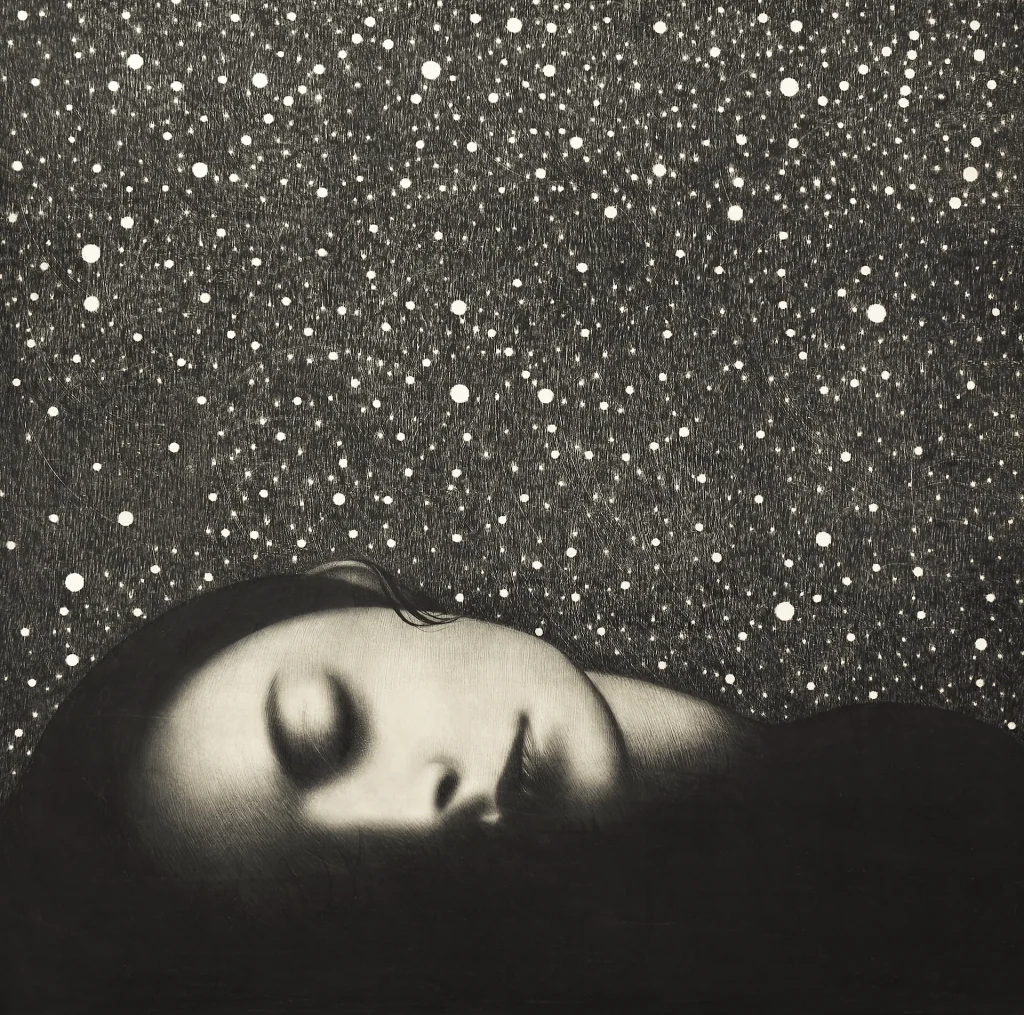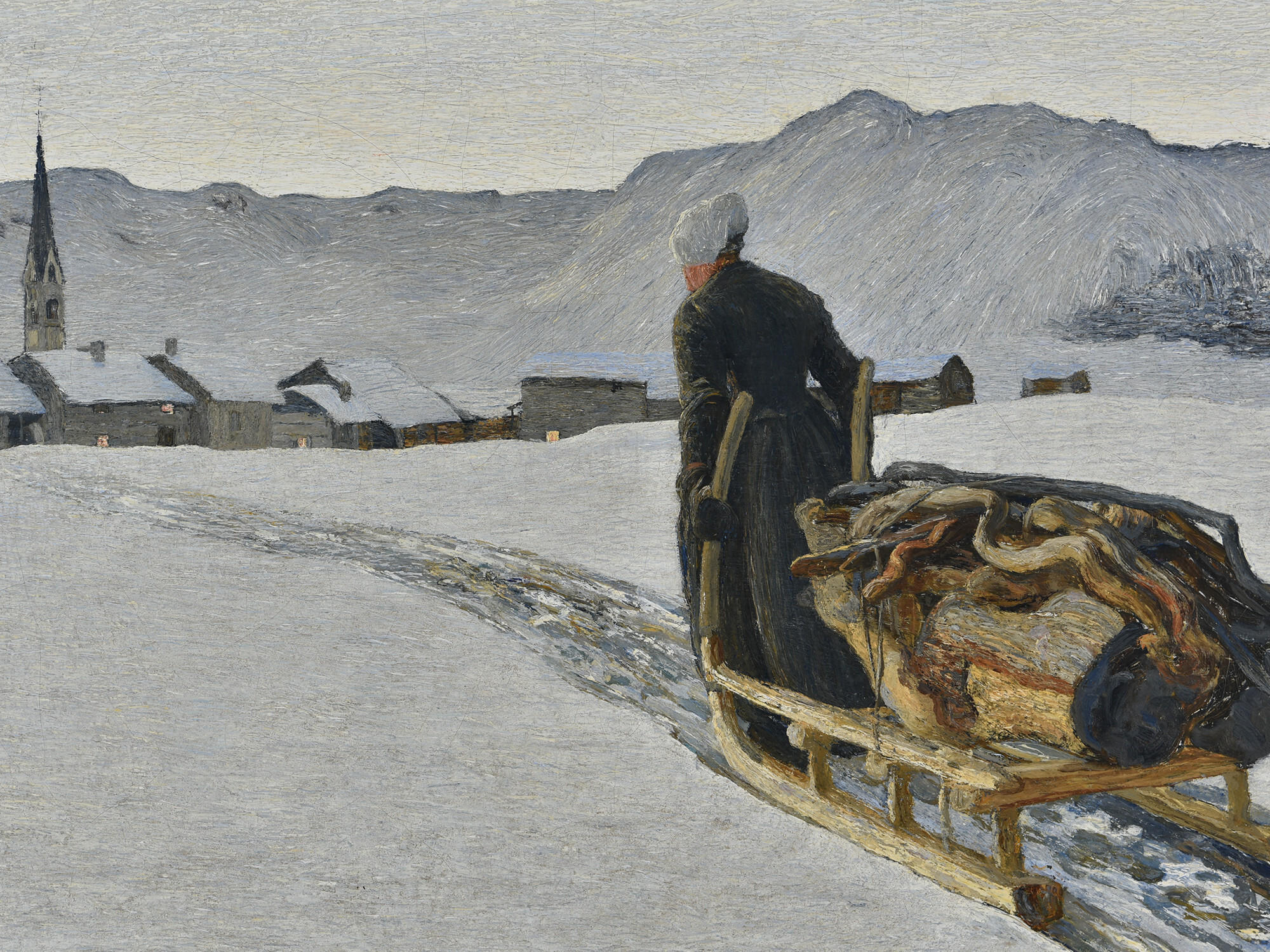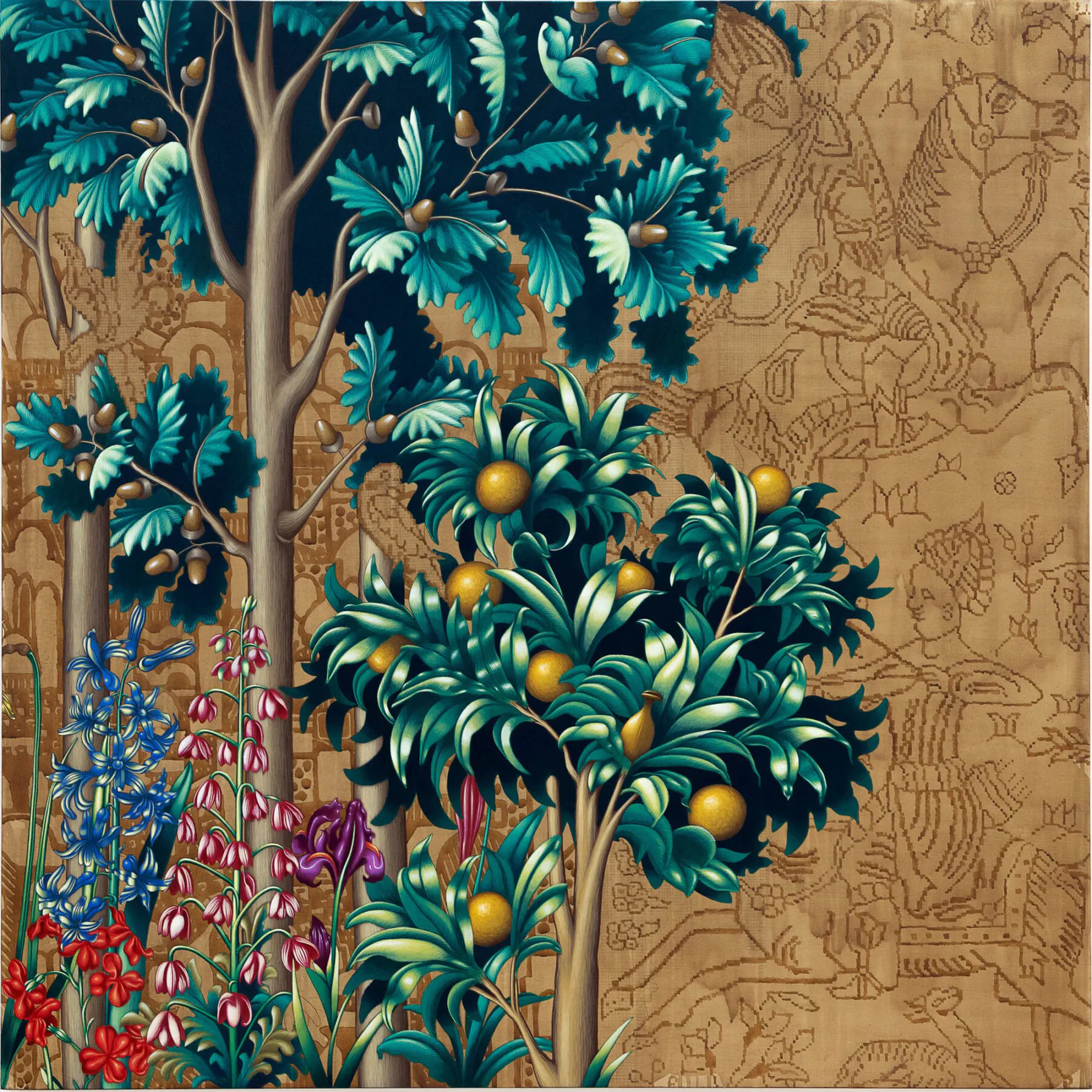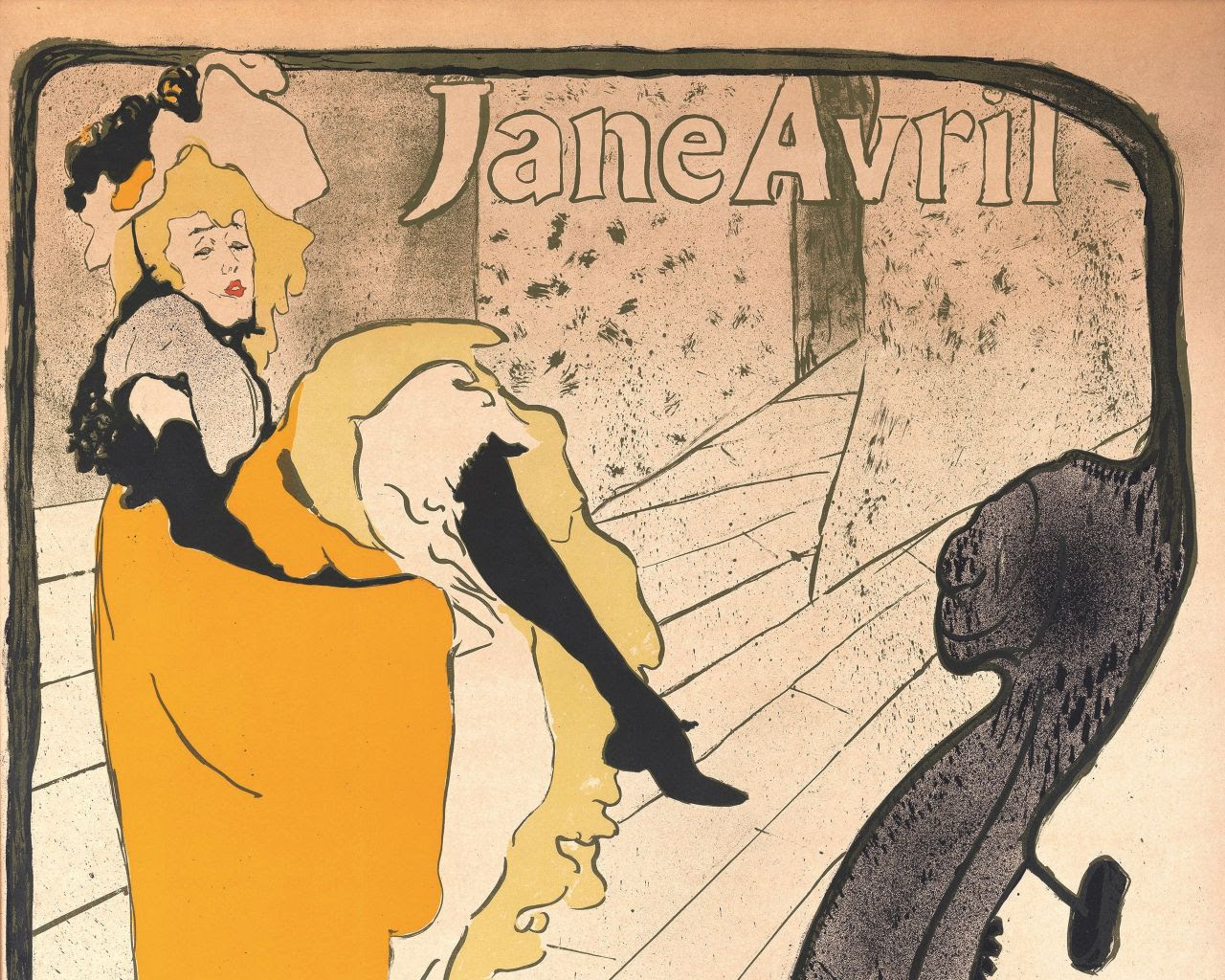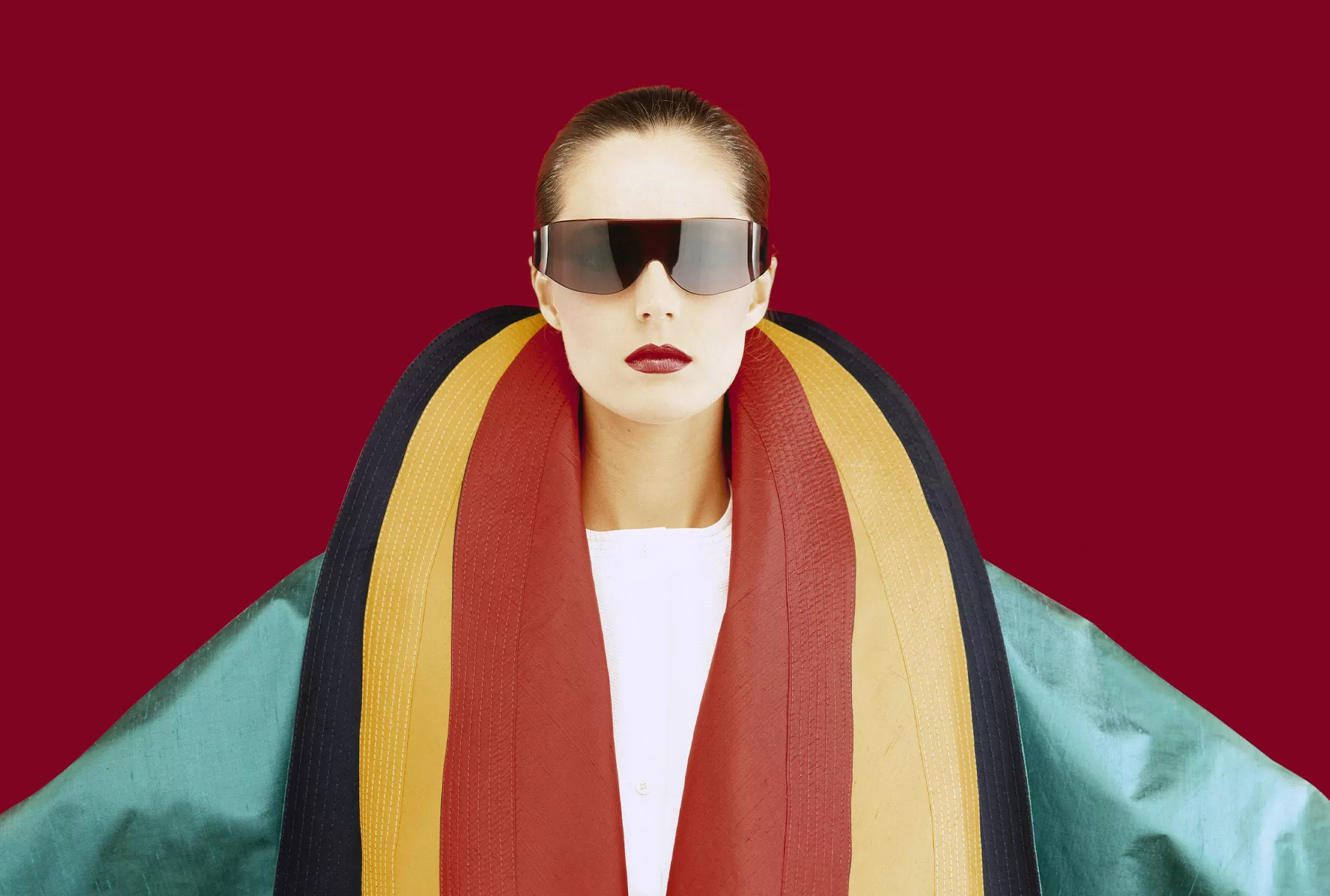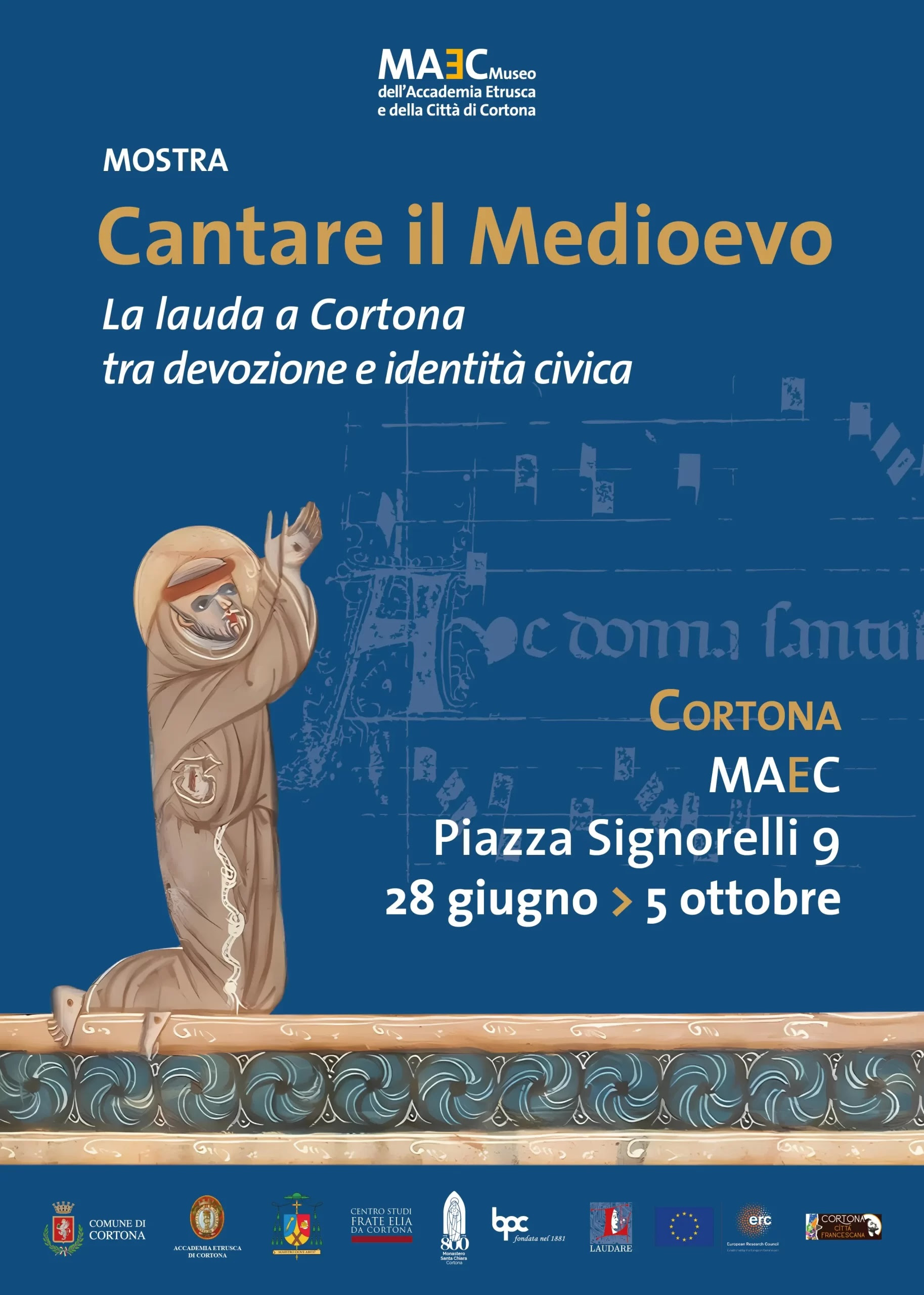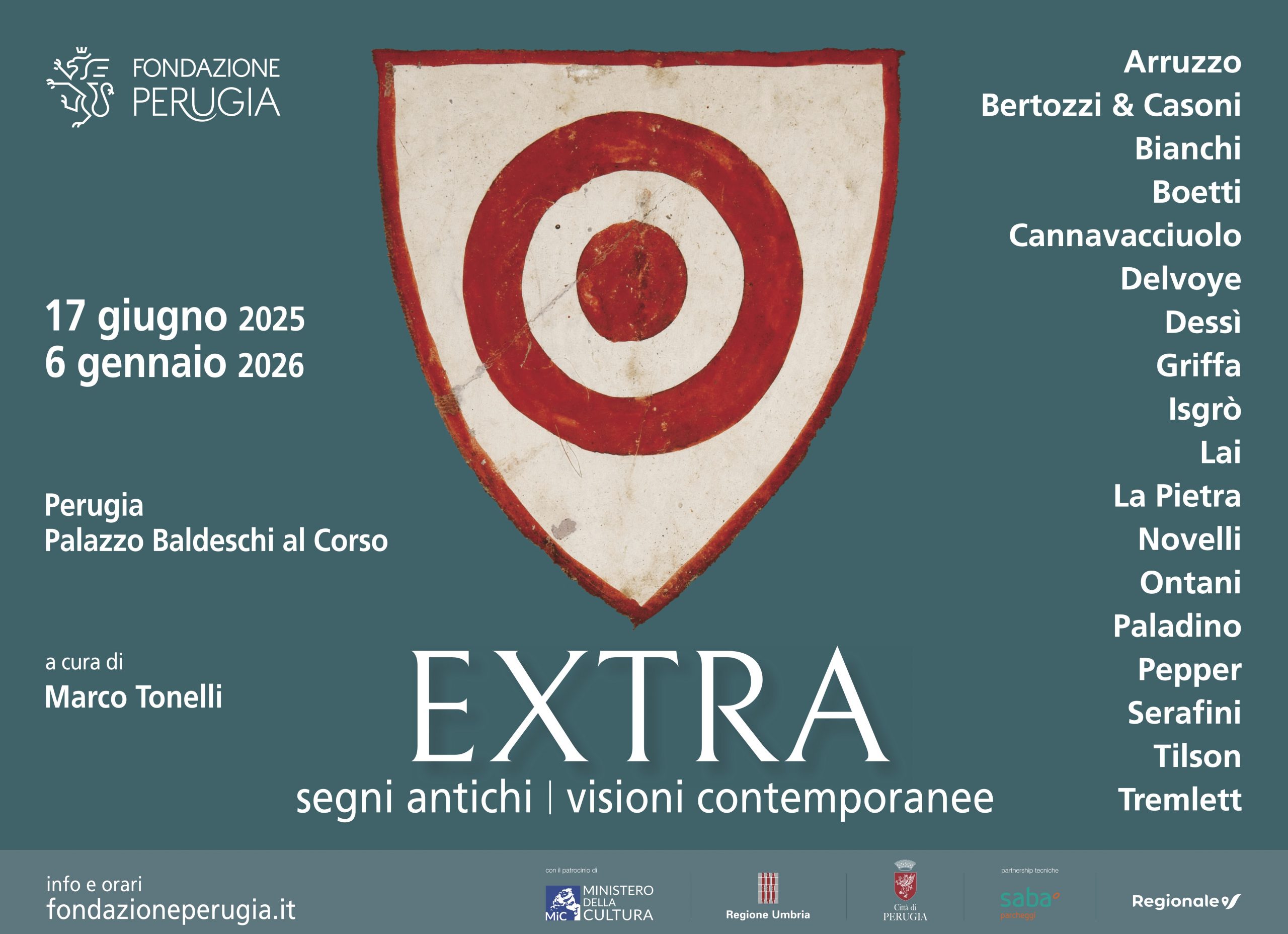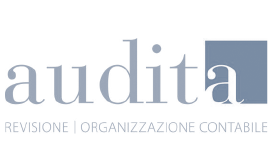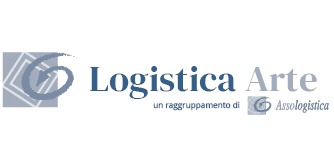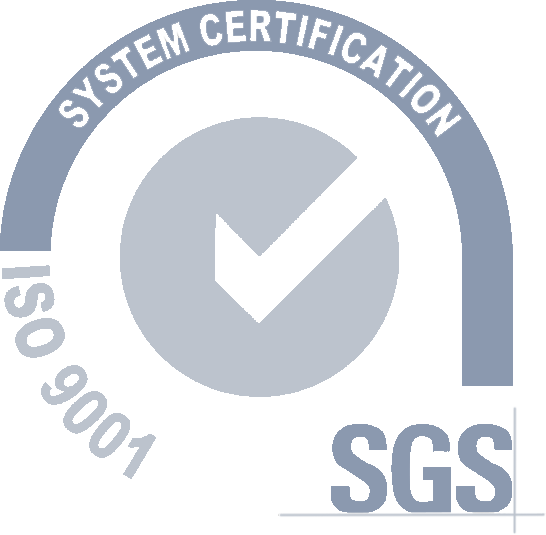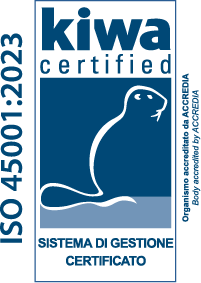PILOTTA MONUMENTAL COMPLEX – PARMA
October 10, 2025 – November 30, 2025
From October 10 to November 30, 2025, the Pilotta Monumental Complex in Parma hosts the exhibition Bella Figura. Italian Painting Today, promoted by the General Directorate for Contemporary Creativity of the Ministry of Culture and the Pilotta Monumental Complex.
The exhibition, curated by Camillo Langone, will be presented in the Renaissance spaces of the Voltoni del Guazzatoio and will be freely accessible. Through a selection of 44 figurative paintings by contemporary artists, the exhibition testifies to the vitality of contemporary painting and reaffirms the centrality of the human figure in the tradition and relevance of Italian art.
Adriano Annino, Chiara Baima Poma, Chiara Calore, Omar Galliani, Daniele Galliano, Giovanni Gasparro, Ester Grossi, Giuliano Guatta, Miriana Lallo, Giulia Mangoni, Fulvia Mendini, Rocco Normanno, Rodolfo Papa, Mauro Reggio, Enrico Robusti, Lorenzo Tonda, Nicola Verlato, Daniele Vezzani offer a personal vision of the “Bella Figura,” understood as a synthesis of harmony, order, and proportion that—in various forms, all aimed at human representation—has characterized Italian culture from the Renaissance to the present, sparking a lively dialogue between past and present.
The exhibition is divided into two main sections: Modern and The Eternal, to which are added two thematic nuclei, Portrait and Sacred Art.The Modern brings together the works that look to the document, to today’s icons, those paintings that in the future, in the museums of the 22nd century, will represent our time.The Eternal those that refer to classicism, myth, religion, archetypes.The Portrait brings together the works par excellence expression of man, those that reproduce and interpret his appearance and individuality, placing him at the center of the work and therefore of his world.Sacred Art represents the new declinations of religious painting, in the difficult, but possible, balance between artistic research and needs devotional.
The paintings, all recently executed and some created specifically for the exhibition, are rooted in classical and Christian tradition, yet at the same time present themselves as a full expression of contemporaneity, with subjects, themes, and techniques that reflect today’s sensibilities.
The exhibition project is part of the Pilotta’s program of new acquisitions, which renews its collecting tradition—begun with the Farnese family—by adding some of the works presented in the exhibition to its own collections.
The exhibition is accompanied by a catalog published by Grafiche Step.

